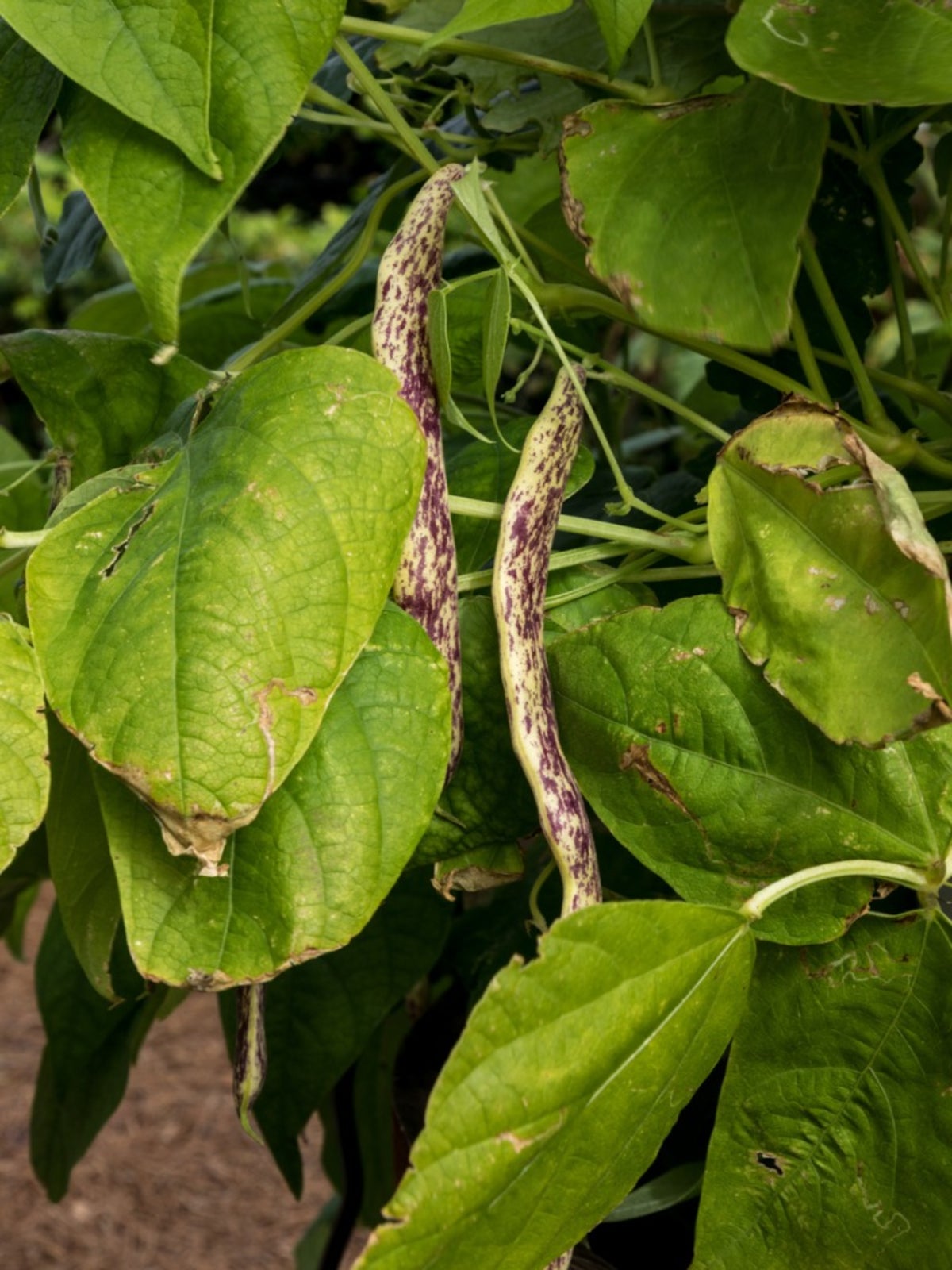Helping Garden Beans With Yellow Leaves - What Causes Yellow Leaves On Beans


Bean plants are harbingers of the summer season. They provide one of the first vegetable harvests and can provide pods well into summer. If your bush or pole beans have yellow leaves, the problem is most likely in your soil. Diseases harbored in soil over the winter usually cause garden beans with yellow leaves. If you are wondering, “Why are leaves on my beans turning yellow?” try a resistant seed strain or practice crop rotation and careful cultivation.
Why are Leaves on My Beans Turning Yellow?
There is a wide variety of beans for the home gardener. Any type of bean can get yellow leaves, including any of the following:
- Bush beans produce the long classic green beans good for canning, freezing or eating fresh.
- Pole beans grow in a vined habit and produce dangling green pods.
- Snap peas are smaller and have been engineered without the “strings” to make them less fibrous.
So why do you have garden beans with yellow leaves? Answering this question must begin with an examination of your planting location. The soil must be well drained, in full sun and tilled with plenty of compost. Alkaline soil can cause iron chlorosis. If you pour vinegar on the soil, it will bubble, giving you an indication of its alkalinity. However, adding chelated iron or soil acidifier helps if the plants develop yellow leaves from alkaline soil. Beans have shallow roots, so exercise care when hoeing to prevent injuring the roots. Remove any old plant debris from the area as these may host disease organisms. To ensure that soils are not transferring diseases to the beans, practice crop rotation annually. If you still have yellow leaves on beans, the cause is likely disease. Yellow leaves on bean plants in the garden may have several causes, though the most common are usually due to mosaic virus or blight.
Yellow Leaves on Beans and Bacteria
When a bacterium is to blame for yellow leaves on beans, the first sign of a problem is water spotting or dry, brown leaf edges. This progresses to encompass the entire leaf and causes the foliage to die and drop off. Foliar loss diminishes the plant's ability to gather solar energy and minimizes the health of the beans. Yellow leaves on bean plants might be from blight. Halo blight is a disease that causes round yellow spots, which slowly blend to turn the entire leaf yellow. The bacteria that cause this disease live in soil or are introduced in infected seed. Choose a seed that is resistant to the blight and rotate your bean crop.
Virus and Yellow Leaves on Beans
Garden beans with yellow leaves can also be the result of a viral infection. Mosaic virus may affect many different types of vegetables, and there are several bean mosaic viruses, which appear in different regions of the country. The initial symptoms are multi-colored spots on the leaves, which give way to an entirely yellow to brown leaf. If bush or pole beans have yellow leaves, the problem might be a virus. Unfortunately, there is no cure. Virus problems may develop from low nutrient levels or even herbicide injury, but they are most likely from infected bean seeds. Do not save seeds from year to year, as they may harbor the virus. Some viruses are also transmitted from sucking insects, such as aphids. Practice good pest control and use a mosaic resistant bean seed to reduce the chance of yellow leaves on beans.
Sign up for the Gardening Know How newsletter today and receive a free copy of our e-book "How to Grow Delicious Tomatoes".

Bonnie Grant is a professional landscaper with a Certification in Urban Gardening. She has been gardening and writing for 15 years. A former professional chef, she has a passion for edible landscaping.